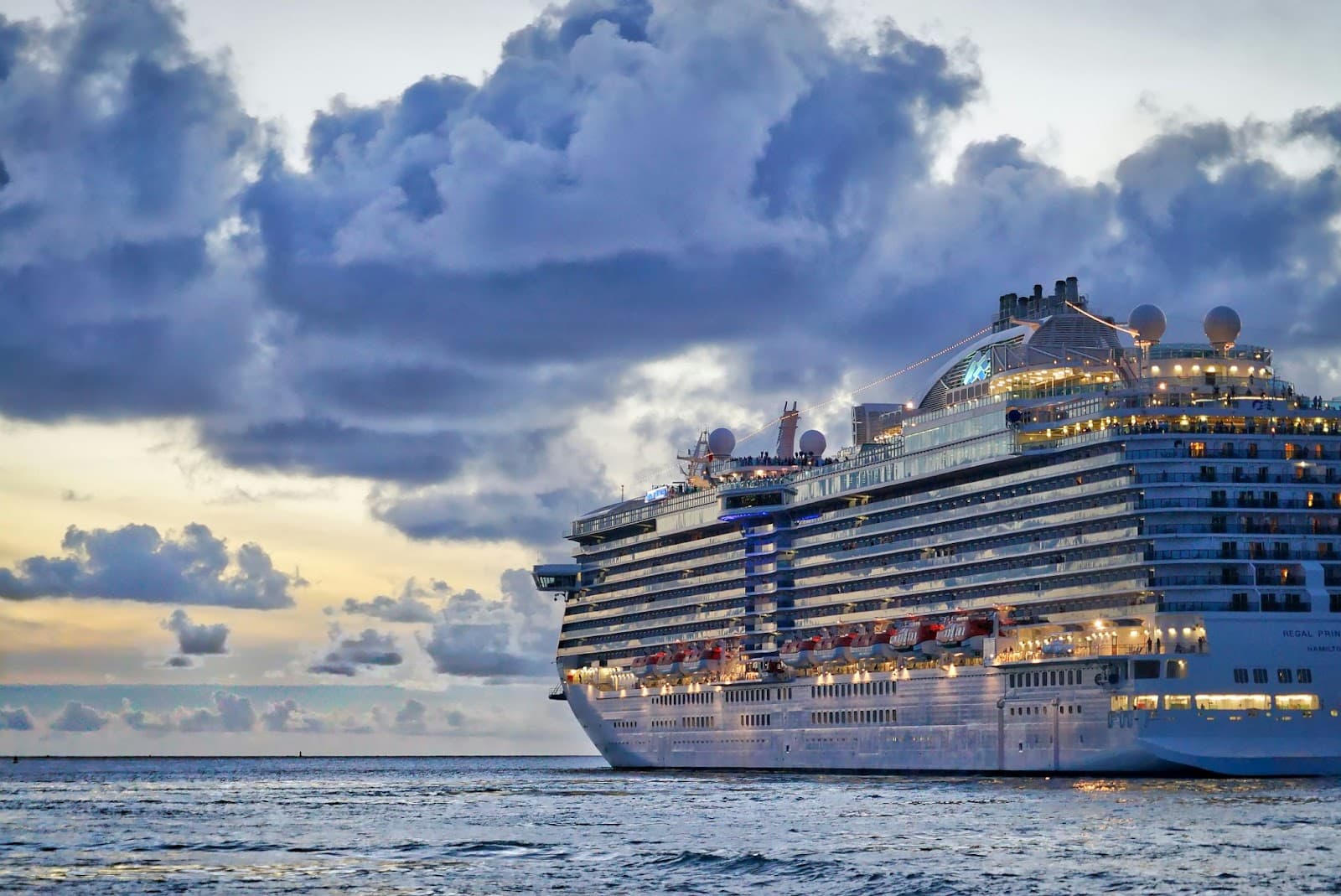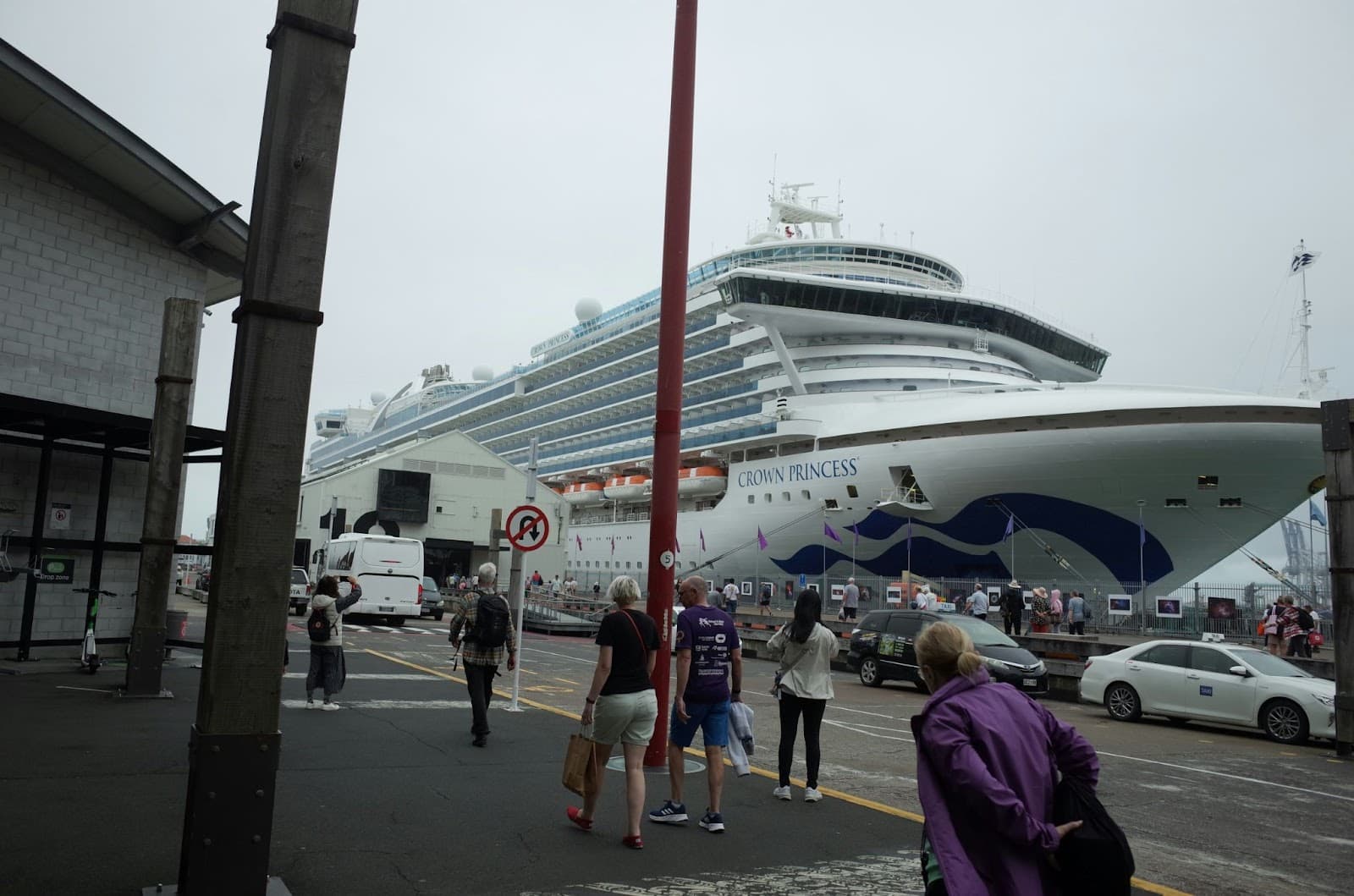The allure of coastal routes has captivated travelers for centuries. Whether you’re cruising along scenic shorelines, exploring hidden coves, or simply enjoying the tranquil sound of waves, coastal journeys offer a unique blend of natural beauty and adventure. However, what truly enhances these experiences is the ability to seamlessly transition from sea to air, allowing you to fully appreciate the vast landscapes from multiple perspectives. With tools like Flightradars24.es, you can easily track your flights and plan these seamless transitions, ensuring that your journey is as smooth and enjoyable as possible. In this article, we’ll explore the magic of coastal routes and how combining sea and air travel can create an unforgettable journey.
The Appeal of Coastal Routes
Coastal routes have long been celebrated for their breathtaking scenery and diverse ecosystems. From the rugged cliffs of the Pacific Coast Highway in California to the serene beaches of the Amalfi Coast in Italy, these routes offer a perfect balance of natural beauty and cultural richness. Traveling along a coastline allows you to experience the rhythm of the ocean, witness the interplay of land and sea, and discover the hidden gems that lie along the shore.
One of the most appealing aspects of coastal routes is the variety of landscapes they traverse. In a single journey, you might pass through sandy beaches, lush forests, rocky cliffs, and charming seaside villages. This diversity of scenery keeps the journey exciting and unpredictable, with each turn revealing a new and stunning vista.
Moreover, coastal routes often provide opportunities for outdoor activities such as hiking, kayaking, and snorkeling, making them ideal for adventure enthusiasts. The combination of land and sea offers endless possibilities for exploration and discovery, whether you’re trekking along coastal trails, diving into crystal-clear waters, or simply relaxing on a secluded beach.
The Magic of Air Travel Over Coastal Regions

While traveling by sea offers an intimate connection with the coastline, taking to the skies provides an entirely different perspective. Aerial views of coastal regions reveal the grandeur of the landscape in ways that are impossible to appreciate from the ground. The sweeping vistas of the ocean meeting the shore, the intricate patterns of waves, and the contrast between the land and water are all highlighted when viewed from above.
Air travel over coastal regions allows you to witness the full scale of the coastline’s beauty. You can see how the land undulates and curves, how rivers and estuaries carve their way to the sea, and how islands dot the ocean like jewels. This bird’s-eye view provides a sense of the vastness and interconnectedness of the natural world.
In addition to the visual spectacle, air travel also offers practical benefits for coastal journeys. It allows you to cover large distances quickly, making it possible to explore multiple coastal destinations in a single trip. Whether you’re flying from one coastal city to another or taking a scenic flight over a particularly stunning stretch of coastline, the ability to seamlessly transition from sea to air adds a new dimension to your travel experience.
Combining Sea and Air Travel for a Unique Experience
The true magic of coastal routes is unlocked when you combine sea and air travel, creating a journey that is as diverse and dynamic as the landscape itself. By integrating these two modes of transportation, you can craft a travel experience that is both comprehensive and deeply immersive.
Imagine starting your journey on a coastal cruise, leisurely exploring the shoreline and stopping at various ports along the way. As you sail, you can enjoy the slow, rhythmic movement of the boat, taking in the sights, sounds, and smells of the ocean. You might explore bustling harbor towns, visit historical sites, or simply bask in the sun on deck as the coastline passes by.
Then, at a key point in your journey, you transition to air travel, taking a scenic flight over the very coastline you’ve been exploring. This shift from sea to air allows you to see the same landscape from a completely different angle, offering a fresh perspective on the places you’ve visited. The contrast between the close-up, tactile experience of sailing and the expansive, panoramic view from the air adds depth and richness to your travel experience.
Moreover, air travel can serve as a bridge between different coastal regions, enabling you to explore a broader range of destinations. For example, you could start your journey on the west coast of the United States, cruising along the Pacific coastline, and then take a flight to Mexico’s Baja Peninsula, where you continue your coastal exploration. This combination of sea and air travel allows you to experience the unique qualities of each region while also appreciating the larger geographical context that connects them.
Planning a Seamless Coastal Journey

To fully enjoy the experience of transitioning from sea to air, careful planning is essential. Here are some tips for creating a seamless coastal journey that combines both modes of travel:
- Choose Complementary Destinations: When planning your route, select coastal regions that offer a variety of experiences and landscapes. For example, you might pair a rugged, dramatic coastline with a more serene and tropical destination to create contrast and diversity in your journey.
- Coordinate Travel Logistics: Ensure that your sea and air travel connections are well-coordinated to minimize disruptions. This might involve arranging private transfers or selecting flights that align with your cruise schedule. Flexibility is key, so be prepared for potential changes due to weather or other factors.
- Consider Scenic Flights: Incorporate scenic flights into your itinerary to maximize the visual impact of your journey. Many coastal regions offer helicopter or small plane tours that provide stunning aerial views of the landscape. These flights can be a highlight of your trip, offering unforgettable memories.
- Pack Accordingly: When combining sea and air travel, it’s important to pack appropriately for both environments. This might mean bringing layers for cooler ocean breezes, as well as lighter clothing for warmer climates. Also, consider the limitations of luggage space on smaller planes or boats.
- Embrace Flexibility: Coastal weather can be unpredictable, so it’s important to remain flexible and adaptable in your plans. Be open to adjusting your itinerary if necessary, and take advantage of unexpected opportunities that may arise during your journey.
Capturing the Experience
The combination of sea and air travel along coastal routes offers a wealth of opportunities for photography and storytelling. Whether you’re capturing the vibrant colors of a coastal sunset, the intricate details of a rocky shoreline, or the sweeping vistas from a scenic flight, these images will serve as a lasting record of your journey.
Consider creating a travel journal or blog to document your experiences, combining photos, descriptions, and personal reflections. This not only allows you to relive your journey but also provides a way to share your adventure with others.
Conclusion: The Ultimate Coastal Adventure
Exploring coastal routes through the seamless transition from sea to air offers a travel experience like no other. By combining the intimacy of sailing with the grandeur of flying, you can fully appreciate the diverse beauty of the world’s coastlines. This approach allows you to see the landscape from multiple perspectives, deepening your connection to the places you visit and enriching your overall travel experience.
Whether you’re a seasoned traveler or embarking on your first coastal adventure, integrating sea and air travel into your journey promises a unique and unforgettable experience. So set sail, take to the skies, and discover the magic of coastal routes as you explore the world from sea to air.



